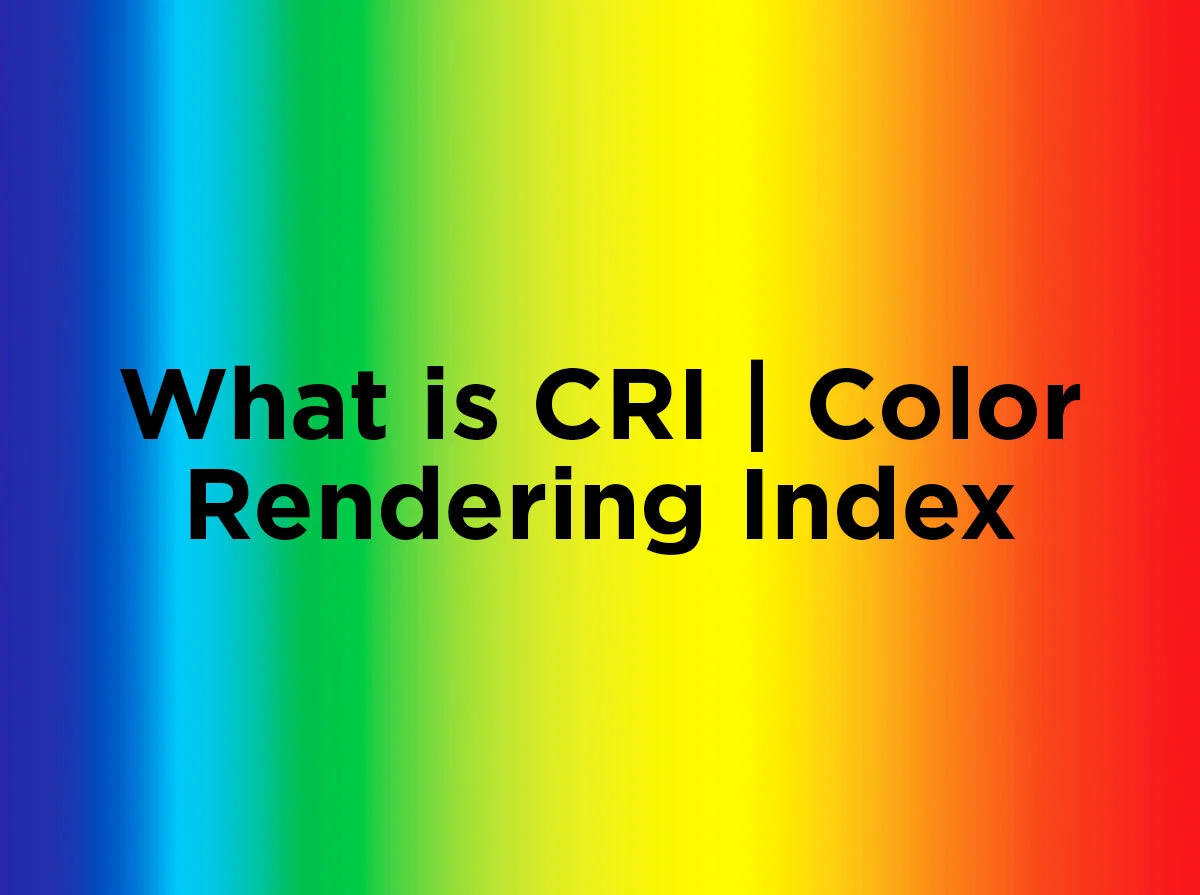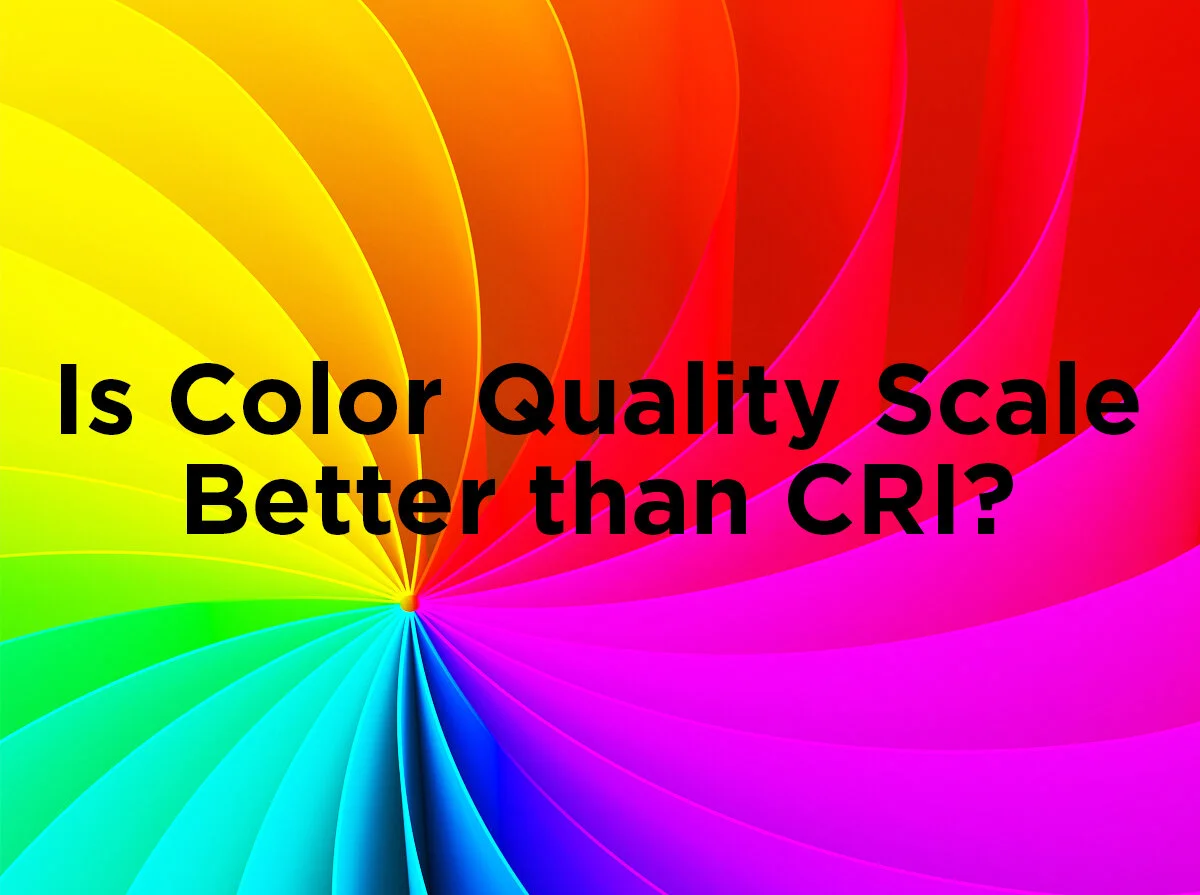Will TM-30-15 Replace CRI?
Breaking news for the lighting world—last week, the Illuminating Engineering Society (IES) published a technical memorandum outlining a new method for evaluating a light source’s ability to render color. The memorandum is meant to replace the Color Rendering Index (CRI) and is currently known as TM-30-15. Developed by an IES task group formed back in 2013, TM-30-15 seeks to resolve the limitations of CRI, which have been widely acknowledged in the industry over the last two decades. These limitations include poor evaluation of reds, whites, and violets, as well as low ratings for more appealing lights that increase saturation to enhance colors. While alternative metrics have been proposed, the Color Quality Scale (CQS) being one of the most popular, none of them have risen to prominence. However, the need for an improved color metric has been greater than ever with the proliferation of solid-state lighting, which not only offers astounding energy efficiency but also a tremendous scope for spectral engineering and optimization.
TM-30-15 offers promising solutions to many of CRI’s failings. Unlike CRI, which only measures color fidelity, TM-30-15 provides a more complete characterization of color by measuring and placing equal importance on both color fidelity and color gamut. While adding substantial improvements to CRI’s color fidelity evaluation, TM-30-15 also adds color gamut to assess the chroma variation of illuminated objects. These improvements and measurements are possible because the number of test color samples has increased dramatically: common CRI measurements employ 8 samples while TM-30-15 requires comparison against 99 color samples.
CRI’s test color samples have long been problematic, and not only because there are so few. As you can see, the samples are low-chroma pastels (marked above as R1 – R8) that are not fully representative of the colors in our environment. They are made by combining only a few pigments whose spectral features are not uniformly distributed across visible wavelengths, making them more sensitive to certain wavelengths than others. This allows CRI to be easily "gamed" by selectively optimizing spectral power distribution in ways that boost CRI without actually improving average color fidelity.
TM-30-15 values, on the other hand, are much harder to selectively optimize given that they were created using a great number of test samples that span the entire color spectrum. Moreover, TM-30-15 uses advanced calculation methods to measure more dimensions of color, including the direction of color shifts, changes in chroma, and information about specific hue regions. It also offers ways to measure human preference and color discrimination potential. With two main numerical parameters (color fidelity and color gamut) and other visualization tools (such as a color distortion icon), this new system provides a better understanding of the rendition of specific hues and a more complete picture of color rendition than a fidelity metric alone.
As slated above, TM-30-15 has been found to 1) accurately represent real objects which uniformly span color space, 2) grant equal value to all visible wavelengths, and 3) deliver more precise measurements. These results give us confidence that the new metric will provide more useful predictions of color appearance in various lighting situations, and it will serve as a more helpful guide for the optimization of future light sources.
More details will be released in two 90-minute webinars hosted by the DOE next month. The first will cover the basics, development process, and ongoing steps toward widespread adoption. The follow up will focus on the math and color science behind the calculation engine, the derivation of the new set of 99 color evaluation samples, and why the improvements are important. To register or to learn more information, visit the DOE website.
Any comments or questions on TM-30-15? We’d be happy to discuss them with you! Share your thoughts with us below, and be sure to follow us on Facebook, Twitter, LinkedIn, Instagram, or Pinterest for more lighting updates!







